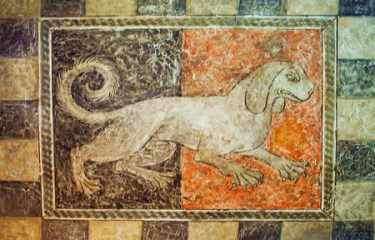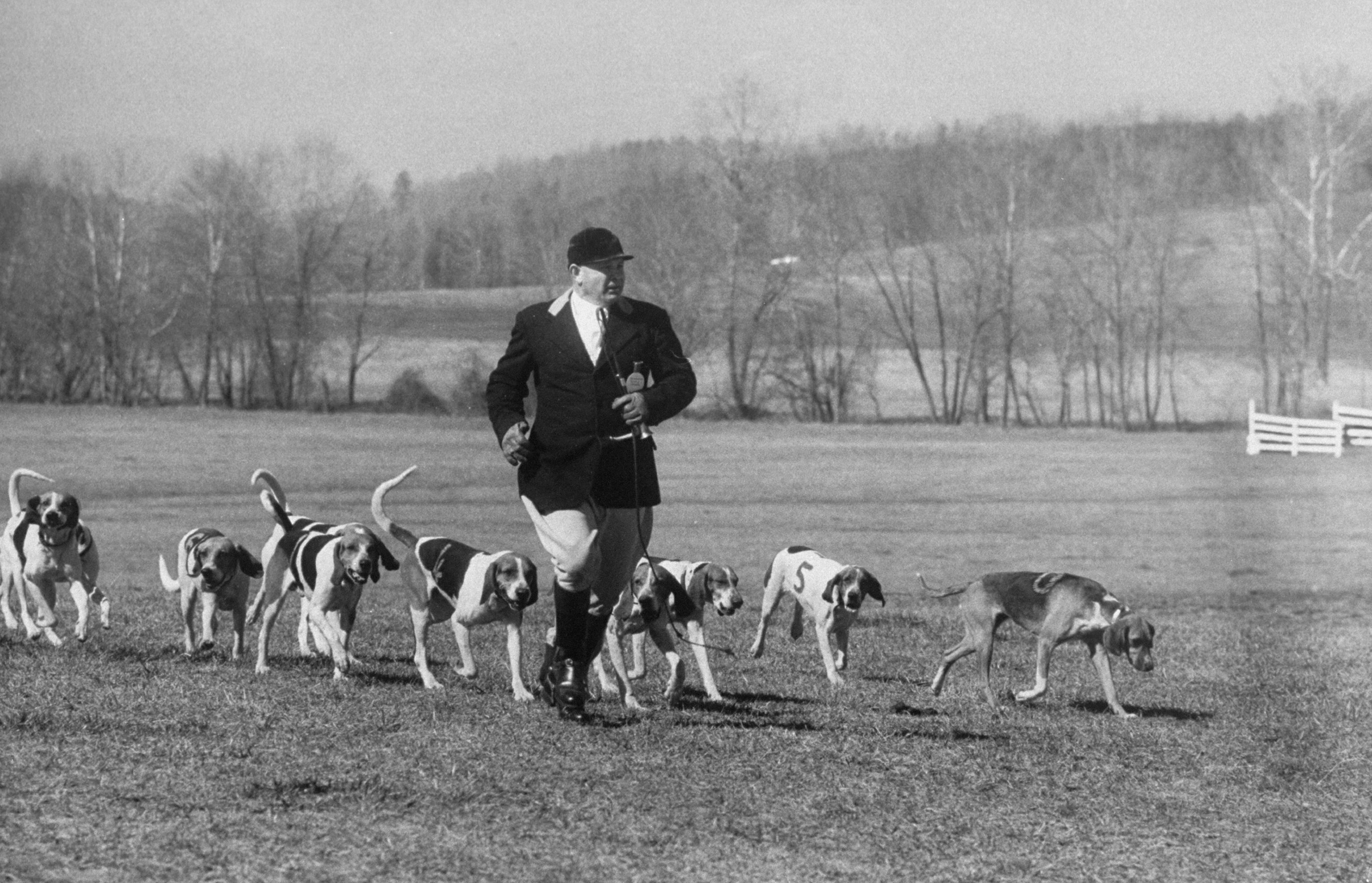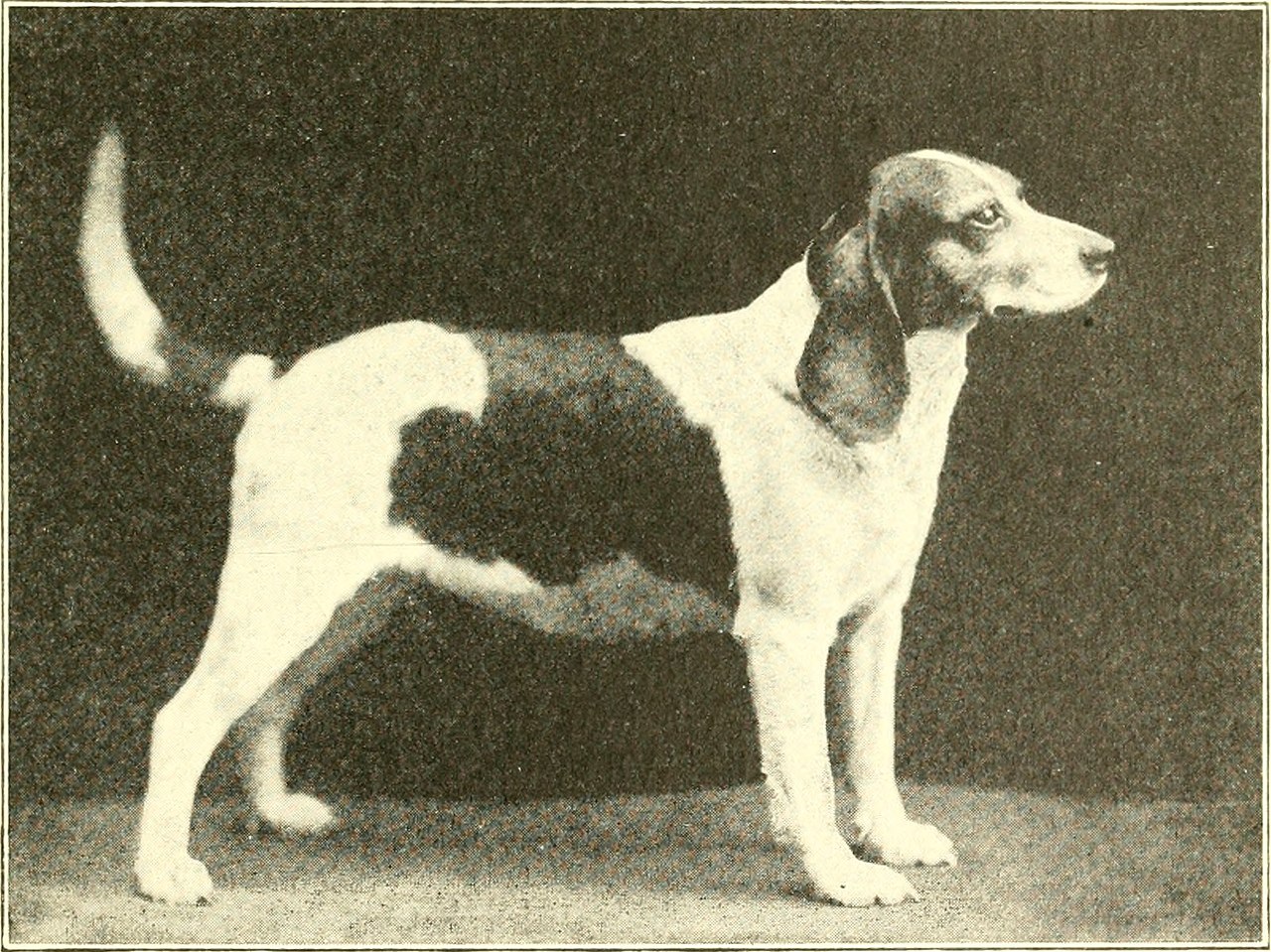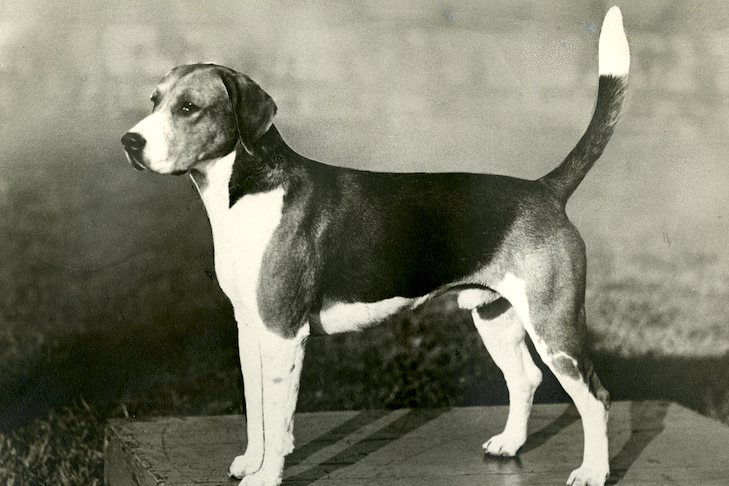Everything you need to know about these amazing hounds
A comprehensive look at the evolution of one of the world's most beloved dog breeds
The beagle, with its distinctive tri-color coat, soulful brown eyes, and unmistakable howl, stands as one of the most recognizable and beloved dog breeds in the world. This medium-sized hound has captured hearts for centuries, evolving from a specialized hunting companion to a cherished family pet. The story of the beagle spans millennia, weaving through ancient civilizations, medieval hunting traditions, and modern breeding programs to create the gentle, intelligent companion we know today.
The beagle's ancestry can be traced back to ancient times, with evidence suggesting that similar scent hounds existed in ancient Greece, with references to small beagle-type dogs dating back to 400 BC in Greece. The ancestors of beagles date back at least to Ancient Greece, where Xenophon, a fifth-century B.C. historian, documented Greek hare-hunting hounds. These early hunting dogs possessed the keen scenting ability and pack mentality that would become hallmarks of the breed.
The name "beagle" itself has uncertain origins, with several theories proposed by historians and etymologists. The word "Beagle" is thought to derive from the Old French word "beegueule," meaning "open throat," likely referring to the breed's melodious baying voice. Others point to the Celtic word "beag," meaning small, or the Old English "begle," which also denoted a small hound. Regardless of its linguistic roots, the name became firmly associated with these compact, efficient hunters.
During the Roman Conquest of Britain, interbreeding of the small hounds brought by the Romans with indigenous British hounds most probably occurred. The Romans valued these dogs for their ability to work in packs, their persistence in following scent trails, and their manageable size, which made them practical for hunters on foot.
The medieval period marked a crucial phase in beagle development, particularly in England and France. During this era, hunting became not just a necessity for survival but also a sophisticated social activity among the nobility. Small hounds like the beagle's ancestors were particularly prized because they could be followed on foot, making them accessible to hunters who couldn't afford horses or preferred the intimacy of walking hunts.
In medieval England, packs of small hounds were maintained by monasteries and noble households. These dogs were bred for their working ability rather than standardized appearance, resulting in considerable variation in size and color. The emphasis was on performance: scenting ability, voice, stamina, and pack cooperation were the primary criteria for breeding decisions.
The "pocket beagle" emerged during this period, representing an extremely small version of the breed that could literally fit in a hunting jacket pocket or saddlebag. These tiny hounds, standing only 8-9 inches tall, were particularly favored by elderly hunters or those who preferred a more leisurely hunting experience. These early Beagles were smaller than today's breed and were often carried in saddle bags on hunts. [7]
The reign of Queen Elizabeth I (1558-1603) marked a golden age for beagles in England. Beagles have been depicted in popular culture since Elizabethan times in literature and paintings. [4] The queen's passion for hunting and her particular fondness for small hounds elevated the breed's status considerably. Her pack of pocket beagles became legendary, and the royal endorsement helped establish beagles as a prestigious breed among the English aristocracy.
During this period, beagles were primarily used for hunting hare, a practice that required different skills than fox hunting. Hare hunting demanded dogs with exceptional scenting ability, as hares would "double back" on their own tracks, creating complex scent puzzles. Beagles proved exceptionally skilled at this type of hunting, methodically working through scent trails with remarkable persistence and accuracy.
The Elizabethan era also saw the beginning of more systematic breeding practices. While still focused primarily on hunting ability, breeders began to pay attention to consistency in type and temperament. This period laid the groundwork for the more standardized breeding that would follow in later centuries.
The 18th and 19th centuries witnessed significant developments in beagle breeding, with several key figures contributing to the breed's refinement. The Reverend Phillip Honeywood is often credited as the father of the modern beagle. In the 1830s, he established a pack in Essex, England, that became the foundation for many modern beagle bloodlines. [12,13,14] Modern Beagles have their roots in Essex, England in the 1830's, where they were bred by Reverend Phillip Honeywood, primarily for the purpose of tracking game. [13]
The modern breed was developed in Great Britain around the 1830s from several breeds, including the Talbot Hound, the North Country Beagle, the Southern Hound, and possibly the Harrier. [11] Honeywood's Beagles were small (about 25 cm) and, according to John Mills in The Sportsman's Library in 1845, they were pure white. [15] Honeywood's dogs were bred primarily for hunting ability, but his systematic approach to breeding helped establish more consistent type.
Thomas Johnson later refined Honeywood's work, focusing on producing beagles that were not only excellent hunters but also more uniform in appearance. A fellow Englishman, Thomas Johnson, was responsible for breeding lines of beagles that could both hunt and look attractive. [18] Johnson's breeding program emphasized the importance of both form and function, helping to establish many of the physical characteristics we associate with modern beagles.
During this period, beagles were exported to other countries, including the United States, where they quickly gained popularity. Beagles were imported into the United States in 1876. [18] American breeders added their own influences to the breed, sometimes crossing beagles with American foxhounds to create dogs better suited to local hunting conditions and prey animals.
The 20th century brought dramatic changes to the beagle's role in society. While hunting remained important, beagles increasingly found new purposes as family companions, show dogs, and working dogs in various fields. The breed's gentle temperament, moderate size, and adaptability made them excellent family pets, leading to a surge in popularity that continues today.
World War I and II had significant impacts on beagle breeding programs worldwide. Many established kennels were disrupted, and breeding stock was scattered or lost. However, the breed's popularity and the dedication of breeders ensured that beagles recovered and continued to thrive in the post-war period.
The development of modern veterinary medicine and genetics also influenced beagle breeding. Breeders gained better understanding of hereditary health issues and could make more informed breeding decisions. This led to healthier, longer-lived dogs and helped establish the beagle as one of the more robust and healthy breeds.
The beagle's gentle nature and distinctive appearance have made them popular subjects in literature, film, and media. Perhaps the most famous fictional beagle is Snoopy from Charles M. Schulz's "Peanuts" comic strip, who introduced generations of readers to the breed's charm and personality. This cultural presence has contributed significantly to the breed's popularity and public recognition.
In addition to their role as companions, beagles have found important work in various fields. Their exceptional scenting ability has made them valuable in detection work, particularly at airports and border crossings where they help detect contraband food, plants, and other prohibited items. Their gentle demeanor makes them less intimidating to the public than larger breeds, while their persistence and accuracy make them highly effective at their jobs.
Today's beagle retains many of the characteristics that made their ancestors successful hunting dogs. Beagles are a medium-sized breed, typically weighing 20 to 30 pounds and standing about 13 to 15 inches tall at the shoulder. [10] Their tri-color coat (black, brown, and white) is most common, though other color combinations are accepted.
The breed's temperament remains one of its most appealing features. Beagles are known for being gentle, friendly, and excellent with children. They retain their pack mentality, generally getting along well with other dogs and enjoying family life. Their intelligence and eagerness to please make them relatively easy to train, though their strong scenting instincts can sometimes lead to distraction.
Modern beagles serve in various roles beyond companionship. They remain popular hunting dogs in many parts of the world, particularly for rabbit and hare hunting. Beagles were bred to hunt regularly over long periods of time and have developed a high level of stamina, resulting in a need for regular exercise. [19] Their scenting ability has found new applications in detection work, therapy dog programs, and even medical research, where their size and gentle nature make them practical subjects for various studies.
The history of the beagle is a testament to the enduring partnership between humans and dogs. From their ancient origins as specialized hunting hounds to their modern role as beloved family companions, beagles have consistently demonstrated the qualities that make them exceptional: intelligence, loyalty, gentleness, and an uncanny ability to form deep bonds with their human families.
The breed's evolution reflects broader changes in human society, from medieval hunting traditions to modern urban living. Through each transition, beagles have adapted while maintaining their essential character. Their story is far from over, as new generations of beagles continue to win hearts and serve in various capacities around the world.
Understanding the beagle's history helps us appreciate not just the breed itself, but the complex relationship between humans and dogs that has shaped both species over millennia. The beagle's journey from ancient hunting grounds to modern homes illustrates the remarkable adaptability of dogs and their enduring importance in human society. As we move forward, the challenge will be to preserve the best qualities of this remarkable breed while ensuring they continue to thrive in our ever-changing world.



